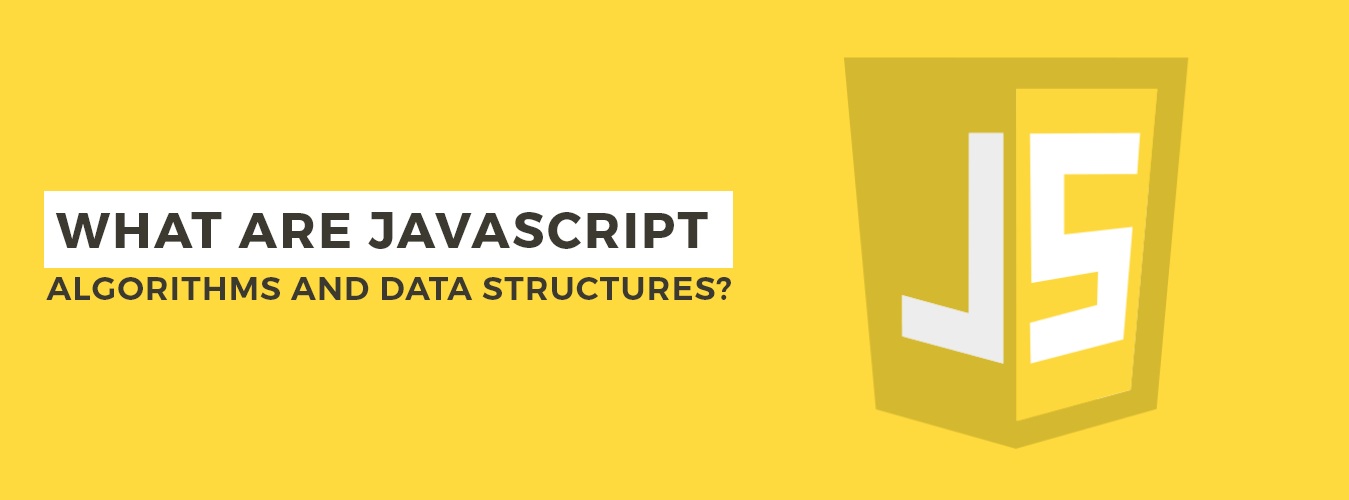Crafting Your Ideal Mobile App/Experience Starts Here!
Ready to elevate your business? Your custom app is just a click away.
Yes Let’s goOverview
Reactive Programming is a programming paradigm that emphasizes the asynchronous flow of data. It helps to create responsive and scalable applications. RxJavain Java is implemented using Reactive Extensions for Java (RxJava). A library that provides tools for building reactive and event-driven applications in Java. RxJava delivers a set of core interfaces and classes, such as Observables, Observers, and Subscribers. Which are used to create and consume reactive data streams. Observables are sources of data or events, and Observers consume or subscribe to these streams. Subscribers receive the emitted events or data from the Observables.
What are Reactive Systems?
Reactive Systems are a class of software systems that are designed to be highly responsive, resilient, and scalable. They are characterized by their ability to respond to changes in the environment. Such as changes in load or network conditions in a timely and efficient manner.
Reactive Systems are typically built using Reactive Programming techniques. Which emphasize the use of asynchronous and non-blocking programming models, event-driven architectures, and functional programming concepts such as immutability and composition.
Some of the key characteristics of Reactive Systems include:
Responsiveness
Reactive Systems are designed to respond quickly and efficiently to changing demands and workloads without sacrificing performance or reliability.
Resilience
Reactive Systems are built to be resilient in the face of failures, such as network outages or hardware failures. They are designed to be fault-tolerant, self-healing, and recover from errors quickly and automatically.
Elasticity
Reactive Systems are designed to scale up or down in response to changes in demand or workload without requiring manual intervention.
Message-driven
Reactive Systems are built using event-driven architectures. Which allow them to process and respond to events and messages asynchronously and non-blocking.
Reactive Programming
Reactive Systems use Reactive Programming techniques, such as Observables, Observers, and Operators, to handle and transform streams.
Reactive Systems are used in various applications, such as e-commerce platforms, financial systems, gaming platforms, and telecommunications networks, where responsiveness, scalability, and resilience are critical.
Benefits of Reactive Programming
- One of the key benefits of Reactive Programming in Java is that it enables developers to write more concise, readable code. Functional programming techniques, such as immutability and higher-order functions, achieve this. Which are used to compose and transform data streams.
- Reactive Programming in Java also enables Java Application Development Services to build highly responsive and scalable applications. Allowing them to handle large amounts of data and events without blocking the main thread. This is achieved through asynchronous programming techniques, such as non-blocking I/O and event-driven architecture.
- To get started with Reactive Programming in Java, you can begin by learning the basics of RxJava. And understanding how to create and consume Observables, Observers, and Subscribers. You can also learn about the various operators and combinators provided by RxJava. Which can be used to transform and manipulate reactive data streams.
- Additionally, you may want to explore frameworks and libraries built on top of RxJava, such as Spring Reactor and Akka Streams, which provide higher-level abstractions for building reactive and event-driven applications in Java.
Java Reactive Programming Performance
Reactive Systems are used in various applications. Such as e-commerce platforms, financial systems, gaming platforms, and telecommunications networks. Where responsiveness, scalability, and resilience are critical.
Reactive Programming Java can provide significant performance benefits over traditional synchronous programming models. Especially when handling large volumes of data and processing high-throughput workloads.
Also Recommend: Kotlin vs. Java
The performance benefits of Reactive Programming in Java come from its asynchronous and non-blocking programming model. Which allows applications to process requests and respond to events without blocking the main thread. This allows the application to handle multiple requests concurrently, resulting in faster response times and improved throughput.
In addition, Reactive Programming in Java uses techniques such as backpressure and buffering. Which helps manage and control the flow of data through the application. This ensures that the application can handle large volumes of data without overwhelming the system or causing performance bottlenecks.
Also Recommend: React Native App Examples
Another performance benefit of Reactive Programming in Java is its ability to handle errors and failures resilient and fault-tolerantly. Reactive Systems are designed to detect and recover from errors quickly and automatically, without requiring manual intervention or downtime. This ensures that the application can continue to operate smoothly even in the face of unexpected errors or failures.
However, it’s important to note that the performance benefits of Reactive Programming in Java depend on several factors, such as the specific use case, the size of the data being processed, and the complexity of the application. Traditional synchronous programming models may be more suitable in some cases, especially for simple applications or use cases where performance is not a critical factor.
Reactive Programming in Java can provide significant performance benefits, especially for complex, high-throughput applications requiring high responsiveness and resilience levels.
Conclusion
Reactive Programming in Java is a programming paradigm that emphasizes the asynchronous flow of data and events to create highly responsive, resilient, and scalable applications. it built using Reactive Programming in Java are characterized by their ability to respond quickly and efficiently to changing demands and workloads while maintaining high levels of performance and reliability.
Reactive Programming in Java provides significant performance benefits over traditional synchronous programming models, especially when handling large volumes of data and processing high-throughput workloads. The asynchronous and non-blocking programming model of Reactive Programming in Java allows applications to process requests and respond to events without blocking the main thread, resulting in faster response times and improved throughput. Additionally, Reactive Systems are designed to handle errors and failures in a resilient and fault-tolerant manner, ensuring that the application can continue to operate smoothly even in the face of unexpected errors or failures.
Crafting Your Ideal Mobile App/Experience Starts Here!
Ready to elevate your business? Your custom app is just a click away.
Yes Let’s go







